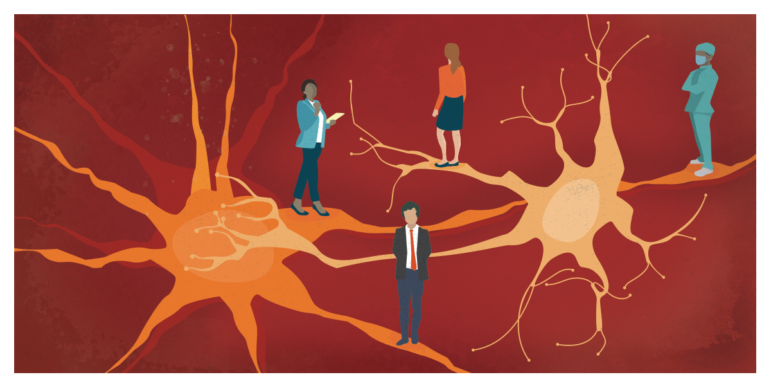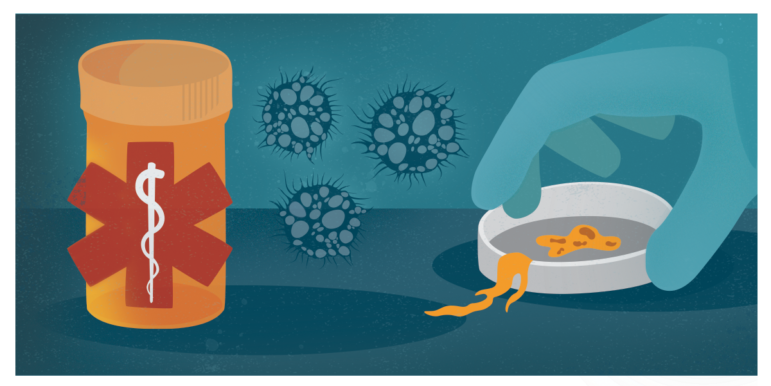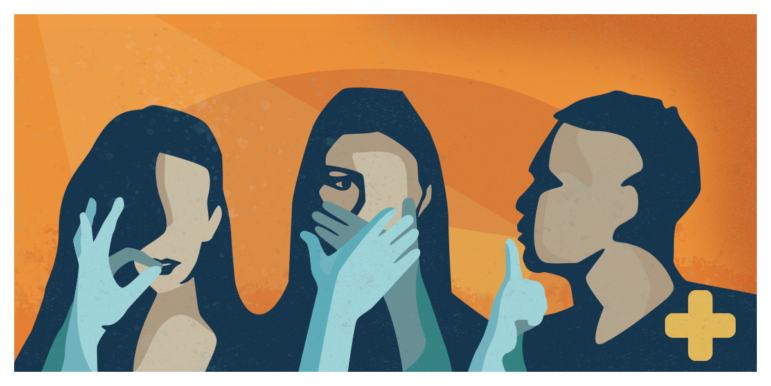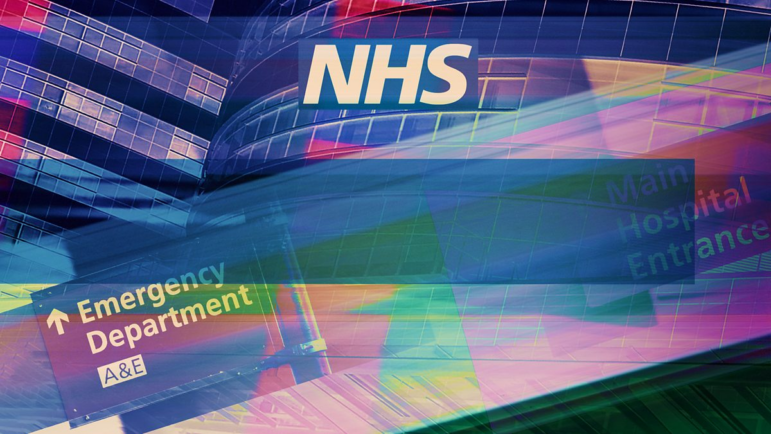

Illustration: Marcelle Louw for GIJN
Health and Medicine Guide: Preface & Introduction
Read this article in
Guide Resource
Investigating Health and Medicine
Chapter Guide Resource
Health and Medicine Guide: Preface & Introduction
Chapter Guide Resource
Health and Medicine Guide: Regulating Drugs — Development & Approval
Chapter Guide Resource
Health and Medicine Guide: A Study Is Not Just a Study
Chapter Guide Resource
Health and Medicine Guide: The Scientific Basis of Influence
Chapter Guide Resource
Health and Medicine Guide: Behind-The-Scenes Reporting Strategies
Chapter Guide Resource
Health and Medicine Guide: Reporting About Safety
Chapter Guide Resource
Health and Medicine Guide: Tips on Traps, Hype & Ethics
Chapter Guide Resource
Health and Medicine Guide: Appendix
Editor’s Note: This guide to reporting on health and medicine issues was originally published in November 2020, during the height of the COVID-19 pandemic. Original authors Serena Tinari and Catherine Riva have updated it as of November 2024.
PREFACE
Investigating healthcare is complex and challenging. Reporting in this field means reading lengthy documents and getting well-acquainted with medical jargon. Numbers and statistics are also part of the game. Although the learning curve can be steep, in this specialized area of investigative journalism you’ll never run out of stories. Truly global, it’s compelling and engaging. Still, becoming a medical investigative reporter can be frustrating and full of pitfalls. This guide will provide journalists with the basic knowledge they need to dig deeper into public health issues. It’s crucial to learn at least the basics of the scientific methodology, if you want to work in this field. However, the standard media coverage about health products is often complacent and problematic. For example, too often it lacks a clear assessment of the risks and benefits of the medical intervention featured.
The first edition of this GIJN Health and Medicine Guide was published in 2020. The text you are reading has been updated in 2024. It comes with new and additional references that stand out as best practices of investigative journalism in the field of health and medicine. They can be read to understand how this sector functions, and used as inspiration for new investigations.
Throughout the updated version of this guide you’ll find articles and resources selected as positive examples of what digging deeper in this field can achieve. We feature the work of journalists that have been sticking to the best available evidence, have applied to their work a rigorous methodology, maintained a healthy skepticism towards mainstream narratives, and haven’t fallen for hype. Media and government messages were indeed emotionally charged during the COVID-19 crisis, which led to a toxic polarization, censorship, and overnight experts. In reality, scientific discourse is based on open debates, criticism, and errors. As investigative journalists, we should try to keep a cool head also in times of panic.
The updated GIJN Health Guide comes with a new chapter on “ghost management,” a framework that can help muckrakers make sense of the complexity of the healthcare ecosystem. It’s a field populated by many actors that have legitimate and illegitimate interests in influencing prescription and policies. Commercial entities have increasingly gained control of narrative, and thus the market, through sophisticated strategies that are described in this guide. A grim state of the art that makes investigating health and medicine more needed than ever.
INTRODUCTION
This guide focuses on medicines and medical devices. It aims to provide journalists with the tools and knowledge to independently assess the evidence, critically appraise the risk-benefit ratio of any given product or policy, and expose corruption and malpractice. It can be read as a textbook, one chapter at a time, or used selectively to support your work.
Investigating behind-the-scenes is consuming but rewarding. As we’ll discuss in Chapter 2, combining the methods and standards of muckraking and Evidence-Based Medicine (EBM) can be highly effective. EBM, defined as “the conscientious, explicit, and judicious use of current best evidence in making decisions about the care of individual patients,” has been constantly revised to include a wider public health approach. But as Students 4 Best Evidence, a network of students from around the world who are interested in learning more about evidence-based health care, put it: “It’s about asking the right questions and using the best research evidence to answer those questions.” EBM is an approach that matches the ethics and standards of investigative journalism.
In his book “The Rise and Fall of Modern Medicine,” James Le Fanu identified 12 definitive moments of medical innovation: the discovery of penicillin, cortisone, streptomycin (an antibiotic), chlorpromazine (an antipsychotic drug), intensive care, open-heart surgery, hip replacement, kidney transplants, the control of hypertension (and prevention of strokes), the treatment of childhood cancer, “test-tube” fertilization, and the clinical importance of helicobacter, a type of bacteria. They are among medicine’s most remarkable successes of our modern times. But, as oncologist Vinay Prasad put it in his podcast Plenary Session: “Some of our interventions, some of our surgeries, some of our pills, some of our procedures are indisputably of benefit. They are the right pill at the right time,” but also, medicine is paved with myths, and it’s crucial to dispel them. Because, as John P. A. Ioannidis pointed out in the same podcast: “Innovation is slow and infrequent, science is difficult . . . and the medicalization of society is becoming a major threat to humanity.”
Healthcare and medicine, of course, affect each and every one of us. But contemporary public conversation is truly contradictory. On the one hand, medical triumphs are celebrated and even hyped; on the other hand, problems and conflicts of interest in healthcare and medicine have never been so obvious. Becoming knowledgeable about these critical issues is the first step to becoming a good medical investigative journalist.
 The pharmaceutical industry’s influence is pervasive and medical marketing is skyrocketing. Around half of the world’s population still faces limited access to essential medicines, such as antibiotics and vaccines, whose distribution depends on donor agendas. Counterfeit drugs and the black-market trade in pharmaceuticals are ubiquitous. In richer countries, over-diagnosis, over-detection, and over-treatment turn citizens into patients unnecessarily, and put health care budgets under pressure as states underwrite the costs of expensive new drugs with questionable efficacy.
The pharmaceutical industry’s influence is pervasive and medical marketing is skyrocketing. Around half of the world’s population still faces limited access to essential medicines, such as antibiotics and vaccines, whose distribution depends on donor agendas. Counterfeit drugs and the black-market trade in pharmaceuticals are ubiquitous. In richer countries, over-diagnosis, over-detection, and over-treatment turn citizens into patients unnecessarily, and put health care budgets under pressure as states underwrite the costs of expensive new drugs with questionable efficacy.
True breakthroughs remain extremely rare. The French independent drug bulletin Prescrire’s award for therapeutic advances isn’t warranted most years. Notably missing in the list of award winners are new oncological drugs, even though they are routinely associated with the use of superlatives in cancer research and journalism. Or, as Bloomberg reporter Peter Coy bluntly put it in his article: Too Many Medicines Simply Don’t Work. Also, consider that practices used sometimes for decades are, at a later point, shown to bring no benefit to patients and end up being dismissed, a phenomenon called “medical reversal.”
In this field, you may end up misreading — and thus misrepresenting — reality if you are looking for the usual “bad guy.” As soon as you gain more experience, you realize this view is too simplistic. When you really dig, it will become apparent that many less obvious players, those who appear to be on the side of the patients, may also have their own, often complex, agendas. The marketing strategies of the pharmaceutical industry are highly sophisticated and go well beyond giving financial support to doctors or funding trips and other freebies.
Although this continues on a smaller scale than in the past, new strategies have been developed to influence prescribers and public health policies. The pharmaceutical industry knows, for instance, that giving generous funding to patient advocacy organizations can be highly rewarding. These groups will often, in turn, fight for a new drug to enter the market on an expedited basis, or for governments to pay for expensive medicine regardless of its efficacy. It is also known that the media will relay their message, focusing on the social justice angle and victims’ stories. This is because journalists tend to look at “victims” and “patients” as the “good guys.”
To dig deeper in this field, you need to investigate the big picture. Many players in the global health market are keen to influence our work: health authorities, pharmaceutical manufacturers and medical device companies, insurers, academic institutions, and nongovernmental organizations. They all have a message they want us to convey, and their actions can have a considerable impact on public health policies, sometimes ending up squarely complicit in furthering vested interests that have negative consequences for individuals and society.
 Serena Tinari is a co-founder of Re-Check.ch, a Swiss nonprofit organization dedicated to investigating and mapping health affairs. She as been working across print and electronic media, radio, and television since 1994. She authored dozens of investigative stories for the Swiss public broadcaster. Tinari specializes in drug safety, Evidence-Based Medicine and conflicts of interest. A trainer, speaker, and moderator, she has reported extensively on swine flu and Tamiflu.
Serena Tinari is a co-founder of Re-Check.ch, a Swiss nonprofit organization dedicated to investigating and mapping health affairs. She as been working across print and electronic media, radio, and television since 1994. She authored dozens of investigative stories for the Swiss public broadcaster. Tinari specializes in drug safety, Evidence-Based Medicine and conflicts of interest. A trainer, speaker, and moderator, she has reported extensively on swine flu and Tamiflu.
 Catherine Riva is a co-founder of Re-Check.ch, a Swiss nonprofit organization dedicated to investigating and mapping health affairs. She specializes in the design and methodology of clinical trial, public health, and Evidence-Based Medicine. A trainer and a speaker, Riva has reported on the Mediator case, breast cancer screening programs, the controversies related to HPV vaccination, and on conflicts of interest in healthcare and medical research. She has also published in biomedical journals.
Catherine Riva is a co-founder of Re-Check.ch, a Swiss nonprofit organization dedicated to investigating and mapping health affairs. She specializes in the design and methodology of clinical trial, public health, and Evidence-Based Medicine. A trainer and a speaker, Riva has reported on the Mediator case, breast cancer screening programs, the controversies related to HPV vaccination, and on conflicts of interest in healthcare and medical research. She has also published in biomedical journals.
















